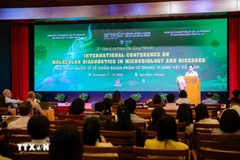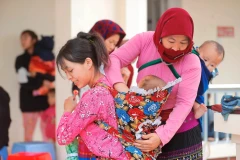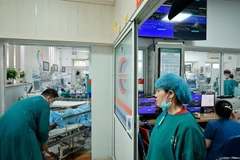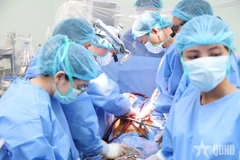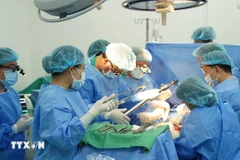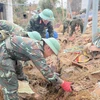"Pandemic infectionsare occurring in many countries but overall the pattern is decreasing," KeijiFukuda, the WHO's top flu expert, was quoted by Reuters as saying at the startof a week-long meeting of the organisation's Executive Board.
Hewarned, however, that a new wave of infections could hit the northern hemispherein late winter or early spring, saying: "This is probably the biggestspeculation. We simply do not know."
The H1N1 virus emerged lastApril and caused the first influenza pandemic in 40 years.
Itinitially sparked widespread concern about antiviral and vaccine supplies,especially in developing countries, but many nations have cut back their vaccineorders recently because the pandemic has not turned out as deadly as originallyfeared.
WHO director-general Margaret Chan told the meeting that theeffects of the pandemic had been moderate and were probably closer to outbreaksexperienced in 1957 and 1968 rather than the far more deadly 1918 version.
The 1918 pandemic, known as the Spanish flu, swept around the worldat the end of World War One, killing some 40-50 million people.
Chansaid H1N1 appeared to be easing in the northern hemisphere, but cautioned thatit was too soon to say what would happen once the southern hemisphere enteredwinter and the virus became more infectious.
Fukuda said themajority of people infected with H1N1 recovered without complications or specialtreatment, but children were being hospitalised at about twice the rate ofadults.
Most deaths occurred in people with underlying conditions,including pregnancy, asthma, heart or lung disease, or diabetes. A total of 265million doses of the vaccine had been distributed and 175 million of thoseadministered to people, Fukuda said.
Chan, a former health directorof Hong Kong, said nearly 14,000 official deaths had been reported by more than200 countries since the virus emerged in North America last April.
But it will take at least 1-2 years after the pandemic ends toestablish the true toll and WHO experts say the actual death rate could be muchhigher than the number of laboratory-confirmed cases so far./.


